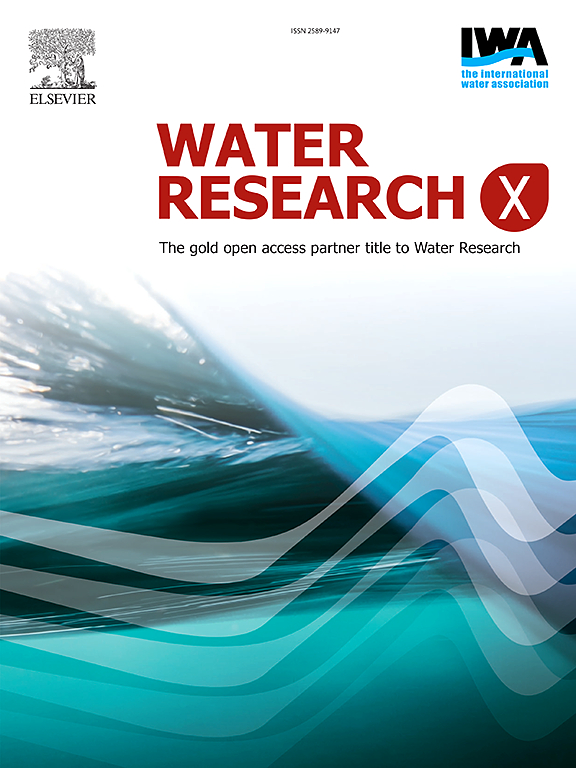Characterization of acid-tolerant ammonia-oxidizing Nitrosospira bacteria suggests wide implementation of the acidic nitritation process
IF 7.2
2区 环境科学与生态学
Q1 ENGINEERING, ENVIRONMENTAL
引用次数: 0
Abstract
Acidic activated sludge process has been recently developed for the suppression of nitrite-oxidizing bacteria, addressing the bottleneck in achieving robust partial nitritation (PN) for low-strength ammonia wastewater treatment. In the acidic process, three types of ammonia-oxidizing bacteria (AOB) have been detected, including acid-sensitive neutrophilic Nitrosomonas, acid-tolerant neutrophilic Nitrosospira, and acidophilic Candidatus (Ca.) Nitrosoglobus. Among them, Nitrosospira is much less studied. This study successfully enriched Nitrosospira in a membrane bioreactor at a pH of around 5.3. Stoichiometric and kinetic characterizations of the enriched Nitrosospira culture were determined, including yield, maximum growth and decay rates, affinity for oxygen and total ammonia, and susceptibility to common influencing factors such as pH, nitrite, free nitrous acid (FNA), salinity, and temperature. The results indicated that, compared to Nitrosomonas, Nitrosospira has a higher tolerance to acidity and FNA but a lower maximum growth rate. Nitrosospira has a competitive advantage over acidophilic AOB under neutral, oxygen-depleted, high-salinity or low-temperature conditions. These findings advance our understanding of utilising Nitrosospira for the acidic PN process, indicating a wider implementation of the process under these conditions.

求助全文
约1分钟内获得全文
求助全文
来源期刊

Water Research X
Environmental Science-Water Science and Technology
CiteScore
12.30
自引率
1.30%
发文量
19
期刊介绍:
Water Research X is a sister journal of Water Research, which follows a Gold Open Access model. It focuses on publishing concise, letter-style research papers, visionary perspectives and editorials, as well as mini-reviews on emerging topics. The Journal invites contributions from researchers worldwide on various aspects of the science and technology related to the human impact on the water cycle, water quality, and its global management.
 求助内容:
求助内容: 应助结果提醒方式:
应助结果提醒方式:


